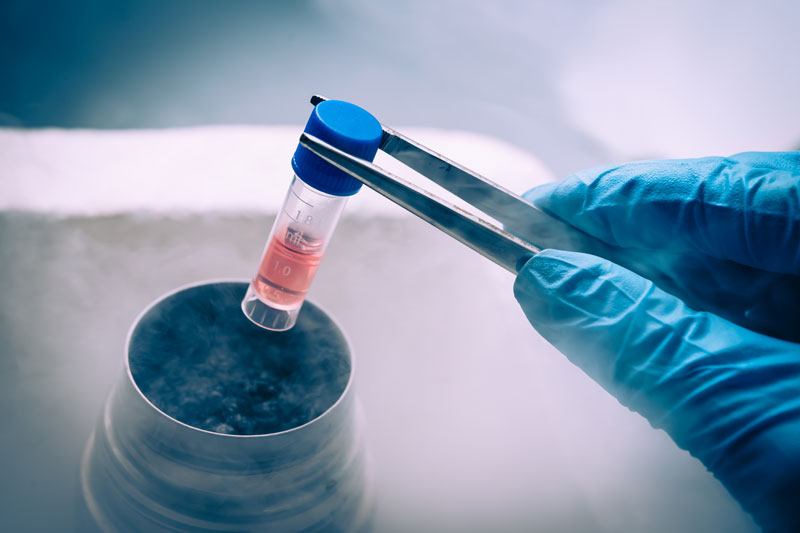
Changing the face of modern medicine has come the breakthrough technology of regenerative medicine. In the past, many practitioners were stuck with only being able to treat the symptoms of pain that the aging population were suffering from. It is a frustrating practice to only be able to treat symptoms instead of the actual cause. Now, with advancements in regenerative medicine, many doctors are able to get to the root of the cause of pain, thus being able to reduce or even end chronic pain. Healing or replacing damaged tissues or organs could be lifesaving for many.
It is important to state that regenerative medicine isn’t actually a new science. In fact, the first bone marrow and solid organ transplant were done decades ago. The difference today is that the technology has advanced in cell biology and immunology to refine and rejuvenate existing therapies.
Our office in Phoenix offers regenerative medicine therapies for those who are in need of pain relief.
So, what is regenerative medicine?
Regenerative medicine is a part of translational research in which human cells, tissues and organs are replaced, engineered or regenerated. The goal of regenerative medicine is to establish normal function to otherwise damaged or broken cells or organs. There’s promise of engineering damaged tissues and organs by encouraging the body’s own repair mechanisms to heal previously irreparable tissues and organs.
The future of regenerative medicine is to completely regenerate an organ using the patient’s own cells. This could quite possibly end the shortage of available organ donations and decrease the amount of organ transplant rejections.
Stem Cells
A key component of regenerative medicine is stem cells. Basically, a stem cell is a cell with the ability to differentiate into specialized cells, like skin or brain cells, which can divide into more stem cells. In adults, stem cells are found in bone marrow, adipose cell (fat cells) and blood. In newborns, stem cells can be found in the umbilical cord. Each type stem cell has its own unique qualities, making them very valuable for future regenerative medicine use.
How Regenerative Medicine Is Used
The advancement of regenerative medicine would mean relief for many. This may include people with Spina Bifida who cannot control their bladders. Regenerative medicine has given some people new bladders. It could also mean stem cells could be given to leukemia patients who cannot regrow their own or wait for a bone marrow donation match. Heart disease and diabetes also has the potential to be cured using regenerative medicine.
Regenerative Medicine in Phoenix
Our Phoenix practice is proud to use Regenerative Medicine services through Apex Biologix. Apex Biologix, offering products under the affiliate Emcyte Corporation, has become a leader of the field of regenerative medicine. Emcyte provides the equipment and assistance for Platelet Rich Plasma (PRP) and Stem Cell therapies.
PRP has been shown to be an effective tool in the healing and recovery from various tendon and ligament injuries, like tennis elbow or rotator cuff tear or chronic ankle injuries, and some evidence has been emerging that it can be helpful in pain from the spinal disc. Stem Cell therapies offer an intriguing approach to previously difficult conditions such as avascular necrosis but can be helpful in the more common arthritis and cartilage changes found in us all.
Regenerative Medicine: Not All Prp Is The Same
It is well documented that not all PRP is the same. Patients may experience varying outcomes with PRP application. This can be attributed to the system used to prepare the PRP. To get the best results, the PRP system must significantly concentrate the platelet growth factors in the treatment sample. This concentration should be 5 to 9 times the baseline value. The better the concentration, the better your chances for recovery. PRP through the equipment from Emcyte offers this ideal concentration to help your recovery.

Other types of Regenerative Medicine
Additionally, regenerative medicine can be found in the form of extracellular matrix and cord blood. Extracellular matrix materials are used in reconstructive surgery, chronic wound treatments, orthopedic surgeries and will eventually be used in heart surgery to repair damaged heart tissues. When it comes to stem cells derived from cord blood, they can only be differentiated into blood cells. Cord blood is currently being studied for diabetic use and other blood disorders, but it still remains a major challenge for the stem cell researchers.
All in all, regenerative medicine continues to be a new and exciting world of science, especially for those needing relief from chronic pain or disease. Scientists and researchers are making progress everyday for even more breakthroughs using stem cells, platelet rich plasma and other regenerative medicine therapies.
Comments are closed.
